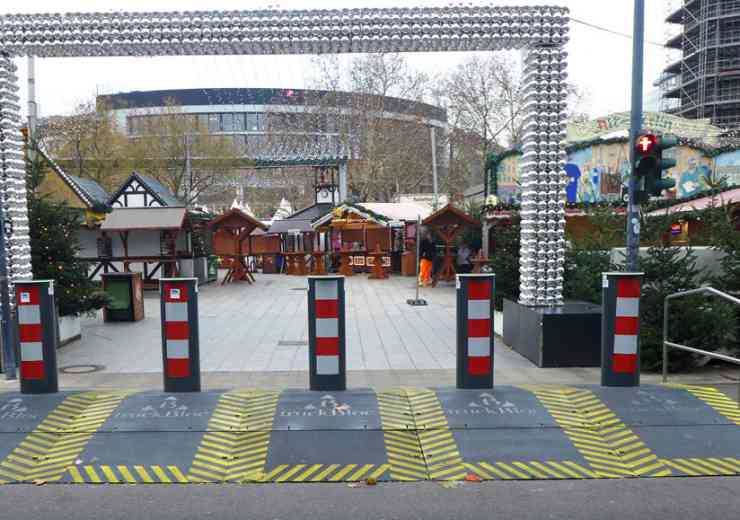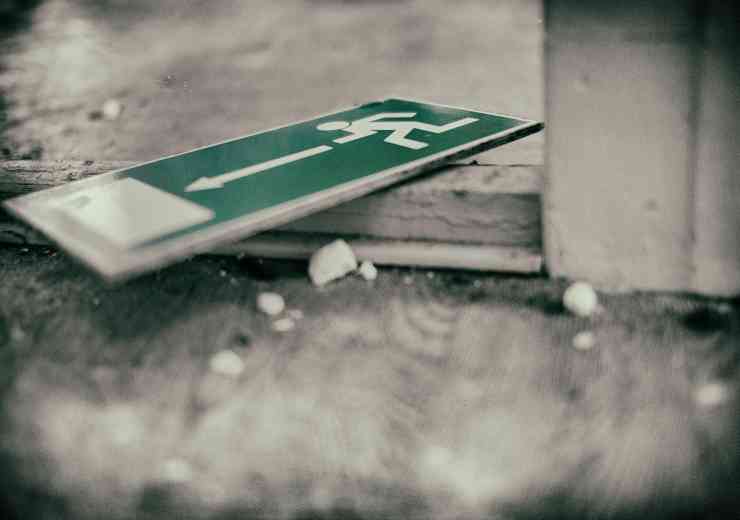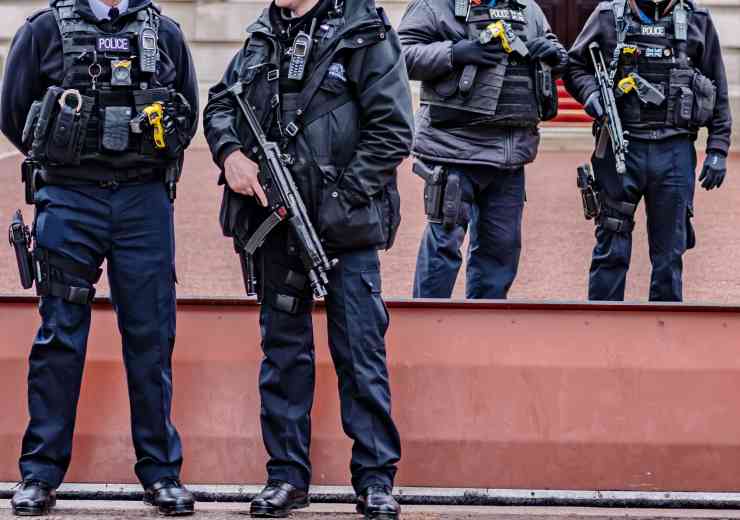The changing face of terrorism
Time, it is said, is a great healer. That is a point that many involved in the terrorist attacks of 7 July 2005 may have a view upon. For those physically and mentally scarred by the day the wounds will never heal. For those on the periphery, for whom the events were not up close and personal, the passage of time dims the memory, only punctuated by the media’s efforts to recall the horrors when anniversarys bring back memories.
Many in the emergency services will hold a collective breath on 11 September 2011 as the tenth anniversary of the terrorist attacks on New York and Washington will be remembered. It is not just the people involved that will recall that day. Those that planned it may well wish to find their own way of jogging the collective memory of those who witnessed and were directly affected by those barbaric acts of violence.
Iconic events
The images of September 11 are iconic. They will never the leave the collective psyche of those that witnessed the unfolding events. It is one of those events, like the assassination of President Kennedy, were people recall in great clarity what they were doing at the precise moment the planes hit the towers.
For those of us in London on 7 July we can never quite forget what it was like when the city appeared to be paralysed by uncertainty; fear did indeed stalk the streets of London on that day, only to return on 21 July in a somewhat muted form. The two week interval served to remind all of us not to drop our guard. The amazing efforts of the emergency services on 7 July and those in charge of the London Underground system enabled a semblance of normality to be returned to the streets of London in a matter of hours. That was important. The nation’s capital had moved, so could the wider population of the United Kingdom.
Encouraging radical behaviour
Since the attacks in London a number of potential acts of terrorism have been disrupted by the Security Services. Whilst the television drama ‘Spooks’ is a fictional account of life fighting terrorism, its writers do appear to look out onto the world stage and make connections with events around the world that give encouragement to those thinking of conducting acts of terrorism in the west. The daily coverage served up of terrorist attacks in Iraq, Afghanistan and Pakistan account for a significant percentage of the 700-900 attacks a month around the world that are reported. The drum beat of attacks in Iraq, whilst diminished, has morphed in its tactics. The Internet provides a diet of material for those in the United Kingdom who may be attracted into acts of terrorism. They are by no means drawn from a single community.
The Extreme Right Wing, the re-emergence of those who believe in violence to advance the cause of Irish Republicanism and people who follow extreme interpretations of Islam all pose a threat. It would be wise for anyone involved in the security sector not to stereotype the threat. It can come from a variety of political viewpoints. But those involved follow a similar pathway towards their own forms of being radicalised.
Playing the game
The journey of people into terrorism can be likened to players who have chosen to play the board game snakes and ladders. Their reasons for picking up the counter and deciding to play are many and varied. Social Movement Theory offers many insights and, despite being developed in the 1960s when the Civil Rights Movement was active in the United States, is still relevant today. Mobilisation today, however, comes from a broader range of technologies and increasingly connected social networks. Grievances can be played upon to a point where people decide to move from being a bystander to becoming actively involved. Once on the board they roll the dice and move along. On occasions they land on the base of a ladder and their fervour and commitment to the cause moves significantly. They have reached a local tipping point. In groups one person can move ahead on the board, encouraging others to follow them, proving the reasons why they should remain in play.
Ladders can also appear dynamically. It was Prime Minister Macmillan who when asked what he most feared replied “Events, dear boy, events.” The ubiquity of the media in the 21st century enables events to be seen through the magnifying glass of perception; increasing their impact upon people who have decided to make the journey into terrorism. The images of Mumbai were designed to have a range of effects; to terrorise the many and to motivate the few. In this environment, where events create the motivations for people to become involved, the task is to create snakes taking people off the journey of radicalisation.
With this enduring power of the Internet and the media to transmit such images quickly across the world the problem of terrorism is not going away anytime soon. The Emergency Services Show, 24 and 25 November at Stoneleigh Park is a good time to reflect upon recent events across the world. It will enable us to discuss the changing nature of terrorism and to ensure our responses are resilient and to ensure we retain our vigilance in the face of an ever changing and protean set of adversaries.
Dr Dave Sloggett is a recognised commentator and authority on the international security landscape from the Centre for Defence Studies, Kings College, London. He will be speaking about this subject in his key note speech ‘Perspectives on the International Security Landscape: The Enduring Threat from International Terrorism’ at this year’s conference at The Emergency Services Show 2010.
digital issue




















